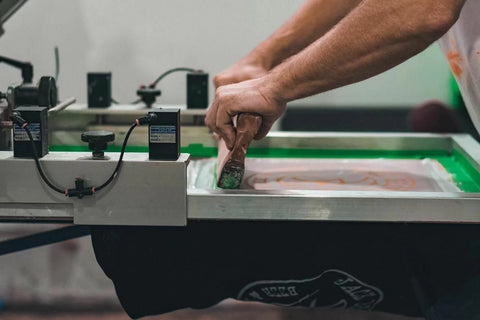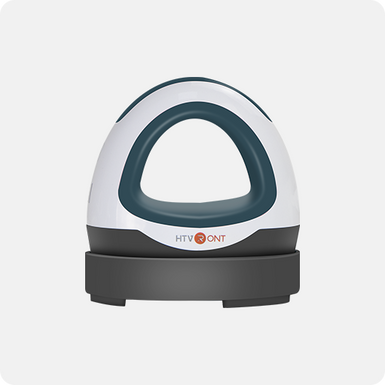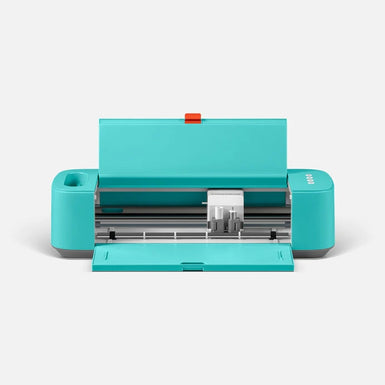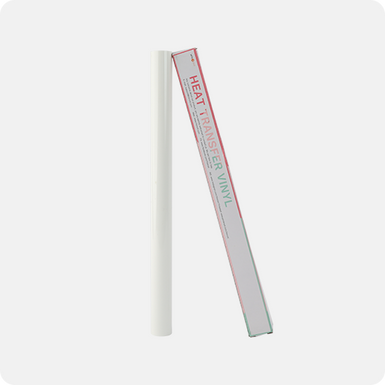As a craft lover of custom T-shirts, the crafting process always involves vibrant, sharp hues and colorful designs. And the best techniques for this can be sublimation and screen printing, which are two popular printing methods used in the garment and promotional product industry.
They both demonstrate vivid and bright colors and have a wide range of applications. This way, you'll have to wonder about the difference between sublimation and screen printing and learn the best situation to apply each technique.
This tutorial here is designed with the essential information and the questions you want to know for you to better craft your pretty garments in the future! Let's get a quick start!
An Introduction to Sublimation Printing
What is Sublimation Printing?
Sublimation printing is a process where heat and pressure are needed to transfer sublimation dye onto materials such as polyester and other synthetic fabrics. Typically, the design is printed onto a special transfer paper, sublimation paper, using sublimation ink and an inkjet or sublimation printer.
The sublimation paper is placed onto the material and heated to a high temperature, causing the ink to evaporate from the paper to the material's fiber. As a result, sublimation printing produces a permanent, high-quality, full-color print that's durable and resistant to fading.
How Does Sublimation Work?
To apply the sublimation technique, all you need is the following items:
1. Sublimation Paper
2. Sublimation Ink
3. Teflon Sheet
4. Sublimation/Inkjet Printer
5. A Heat Press
6. A Polyester Shirt
Prepare your ideal design on your computer. It could be a full-color image from the internet, the Library of your editing program, or a genuinely meaningful and sweet picture of your lover, family members, and friends!
Print it out with the sublimation paper and sublimation ink. Preheat the heat press to around 365-400℉. Once the heat press machine reaches its set temperature, prepare your shirt, printed sublimation paper, and Teflon sheet on top. At last, use the heat press on the design, apply heavy pressure, and press for 40-60 seconds.
Warm peel the sublimation paper, and you'll see your design sticking on it firmly.

An Introduction to Screen Printing
What is Screen Printing?
On the other hand, screen printing is a type of screen printing that uses some specialty ink and dye. You mostly need to do the work manually, unlike the sublimation technique with equipment like a computer, printer, and heat press.
How Does Screen Printing Work?
In screen printing, the dye is applied to the top of the fabric through a silk screen. It doesn't require heat but heavy pressure to scrap with a hard and thick scraper. Screen printing is designed to create designs on almost any type of material, from fabric to plastic. And there's no limit to cotton items.
Typically, one screen template is made of one color in a specific design. Therefore, it's good for production in bulk. Once you add one color to another, the layers stack together and form a particular texture.

Sublimation vs. Screen Printing: Key Differences
One way used to identify the two printing methods is the type of material they're applied to. Sublimation printing can only be applied to synthetic fabrics such as polyester, while screen printing can be used on many types of fabric.
But since the former depends on the ink evaporating into gas and embedded into the fibers, and the latter usually sets the dye layer by layer on top, the sublimation technique allows for printing custom, full-color photographs and other graphics. In contrast, screen printing is better for one or a few colors. Or it would be complicated to manage the color combination. And the sublimation design can last longer than screen printing after repeated wash cycles.
As to the special effects, screen printing enables a list of inks to deliver top-quality results, that is, 3D design effect or other effects. Four colors, including cyan, magenta, yellow, and black, are mainly adopted in the creation process. While sublimation printing allows the item to look fabulous with impressive designs as well as the creative textures like a cracked texture. Glitter and other specialty inks, covering gold and sliver, can be added during the process.
Toxic and non-biodegradable plastisol inks are employed during the screen printing process. Sublimation printing adopts non-toxic sublimation ink for printing. Less water is needed than other dye transfer techniques. In this aspect, sublimation printing is more eco-friendly to environment.
What makes the two methods different is the printing process. Sublimation printing uses a heat press to transfer the design onto the material with automatic operation along the way. In contrast, sublimation screen printing uses a silk screen and pressure to scrap hard on the screen. Usually, the sublimation process is ideal for small and medium-sized printing runs, while screen printing is ideal for larger prints.

In the meantime, screen printing boasts more steps to complete a certain crafting.It's required to cut the design and weed the areas you want ink to print. And then the vinyl should be transferred to its frame and tape off any open areas of the screen. When all the works are done, you are asked to dry it up and conduct heat press process to allow the picture to be more durable with few days. However, the process of sublimation printing is streamlined: In the first place, print your design on sublimation paper. Second, flip your artwork over so the design is touching your blank shirt and tape it to the shirt. And then you just need to heat press the design. With few minutes, all the works can be done
You have to cut your design on vinyl and weed the areas you want ink to print. Then, you transfer the vinyl to your screen printing frame and tape off any open areas of the screen where you don’t want ink to bleed through. After these steps, you are ready to squeegee the ink over the screen to make your shirts.
Sublimation printing means crafting your personalized projects and garments. It's ideal for printing photographic images and designs with multiple colors, as it is capable of creating extremely intricate details and produces a vivid, premium print. Compared to sublimation, screen printing is better suited for designs with fewer colors to create photographs with a more textured or vintage look.
Finally, another important distinction between them is the cost. Sublimation printing typically involves a higher upfront cost due to the exclusive need for a sublimation printer, ink, and sublimation paper. However, screen printing asks for a screen printing setup and separate color purchases, which can be more expensive.
Sublimation or Screen Printing?
In conclusion, both sublimation and sublimation screen printing have their unique benefits. Whether or not it's suitable for you depends on your practical needs.
If you prefer larger projects and in a massive production, or you like to wear something that is classic and has special layers on top, screen printing can be your go-to choice. If you like custom designs and multiple colors on your shirts and hope the results can be durable in the long term, the sublimation technique is a must-have for you!












![[Starter Kit] Auto Heat Press Machine 15" x 15" 110V + Starter Kit Bundle](http://www.htvront.com/cdn/shop/files/21_90896f9b-f06b-4836-8743-7c394790a9a7_385x.jpg?v=1711532680)
![[Premium Bundle] Auto Heat Press Machine 15" x 15" 110V + 20 rolls HTV Bundle 12“x3ft + 36 Sheets HTV + Mini 2 Heat Press Machine + 2 rolls Puff HTV 10"x6ft + 2 rolls Sublimation HTV + Weeding Tools Bundle](http://www.htvront.com/cdn/shop/files/20240412-103952_385x.jpg?v=1712889973)















